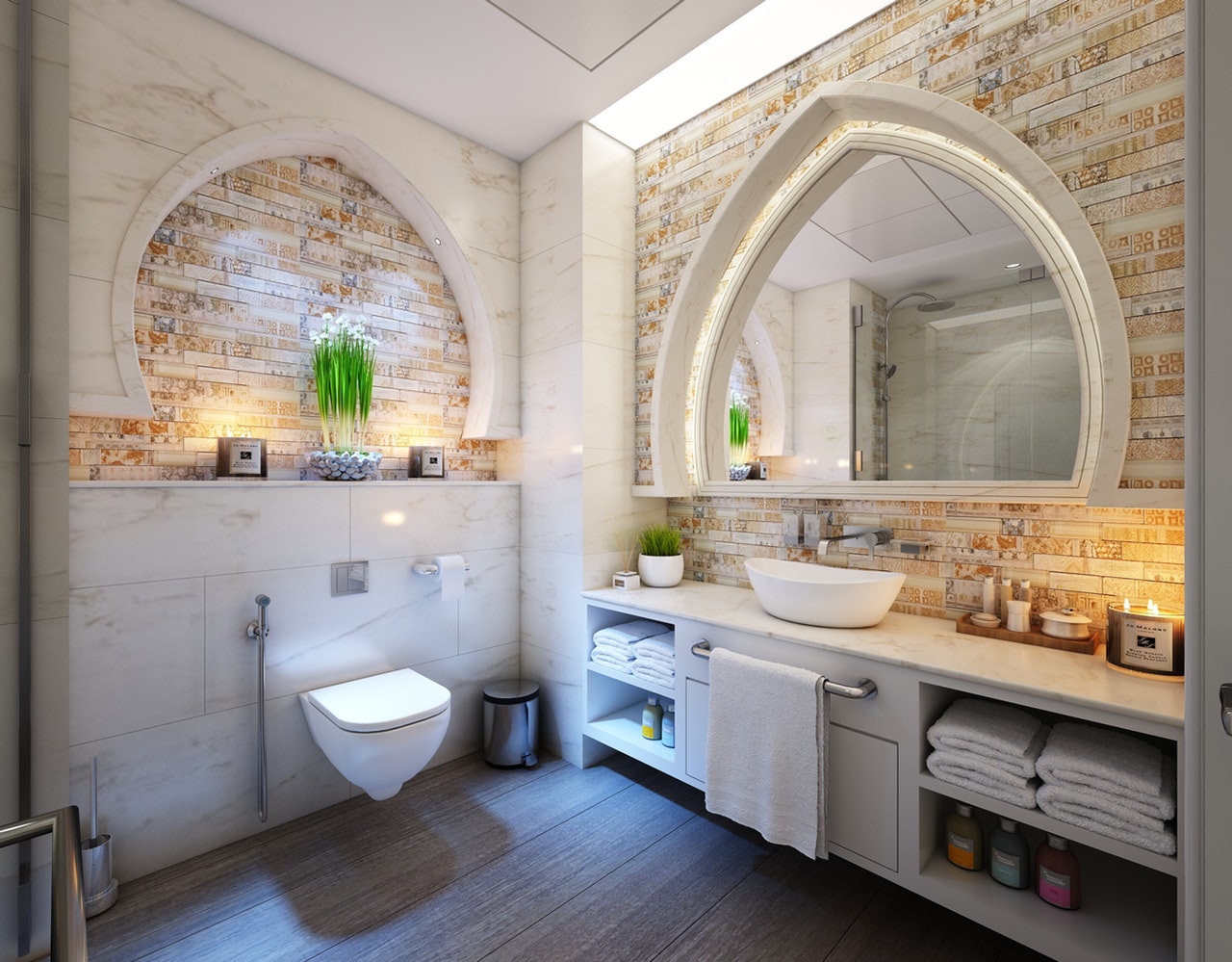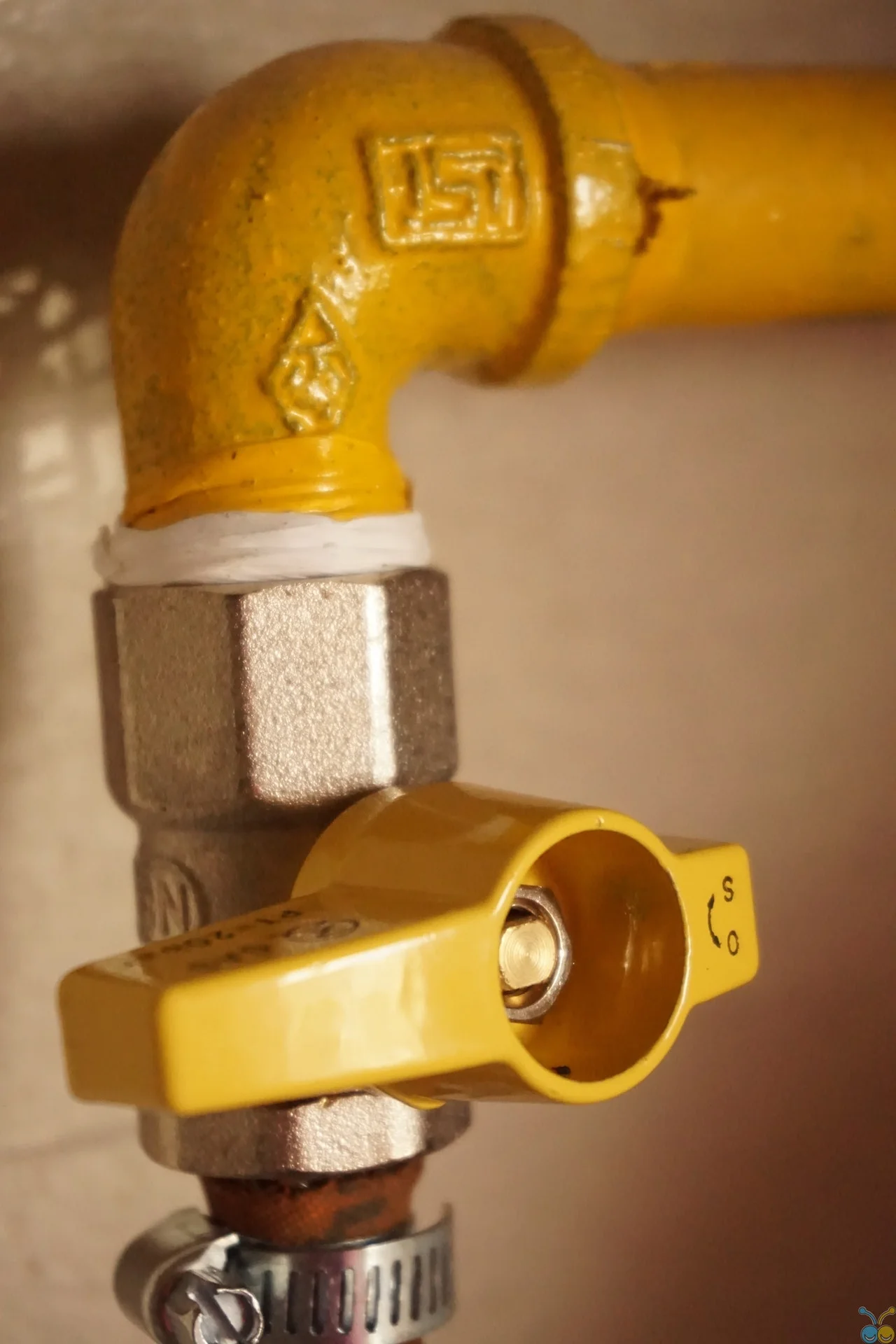Your washing machine is a heavy user-of energy and water! As one of the larger and more frequently used appliances in our homes, it takes up significant space on the monthly bills. Newer model washing machines use about 13 gallons per load on the average clothes wash. Older models could be using up to 40 gallons per load! If you have a large family, that’s a lot of dirty socks and shirts that may need multiple loads to get it all done. There are a variety of water saving tips to help save you time, money and energy. Before you throw your next load of laundry in the washer, check out these six ways to stop wasting water with your washing machine.
Use less water
That may seem like a no-brainer but it’s harder than one might think. If you have an older washing machine at home, there is a chance it is less economic than a newer model. Higher efficiency washing machines are designed to be more conservative while being highly efficient. Newer models may also come with a load-sensing feature. These are very convenient for hassle free water saving. The load-sensing feature automatically adjusts the amount of water for each load based on its weight.
Don’t overstuff the washer
It may seem like there is enough room to wash your whites and colors at the same time, but we advise against it! Overloading your washing machine could cause damage to the drum and lower its efficiency. It is best to give enough room for the dirty laundry to move around inside the washer. The water needs to be able to properly reach all the clothes and drain correctly afterwards.
Wash colors in cold water
Whites need warm water to maintain their color. Dark colors, however, could use a colder wash. This colder setting for a load of colors will save water and energy. It will also keep their color from fading.
Check for leaks
Where leaks are concerned it’s best to get the professionals involved. The professionals at Linthicum Plumbing & Drain Cleaning Inc. are here to help. Have them take a thorough look into the details of the machine. Checking for leaky or loose hoses, pumps, or worn out tubing is an important step in saving water. They could be causing damage and demanding more water to make up for it. Save your machine’s life expectancy and save water by taking preventative measures.
Invest in a new washing machine
If you were thinking about a new machine, now may be the time. Here is a good tip to save water and energy in the future. High-efficiency, front-loading clothes washers can use as little as 13 gallons of water per load. That’s three times less water than an older, inefficient machine, which could use up to 40 gallons on average.
If you do laundry once a week, you could save 1,404 gallons of water using a high efficiency, front-loading clothes washer. That is a lot of water!
Wear clothes twice
You don’t really need to wash that shirt you only wore for an hour to the store. It can wait to be washed! It is all right to wear those pair of jeans twice.
Saving water is a matter of a few adjustments to your machine loads. Every gallon of water saved is less stress on your next round of water and energy bills. Be sure to check those leaks and remember to call the plumbing professionals at Linthicum Plumbing & Drain Cleaning Inc. for all your plumbing needs.






